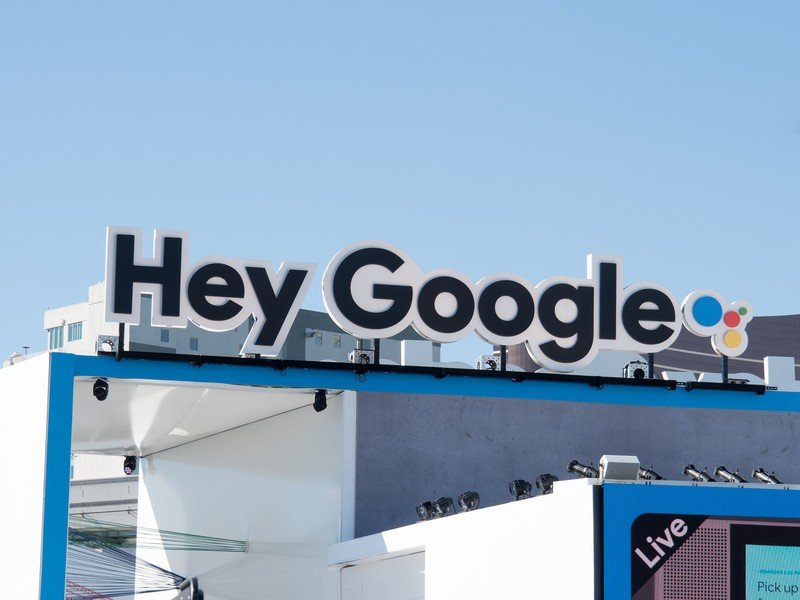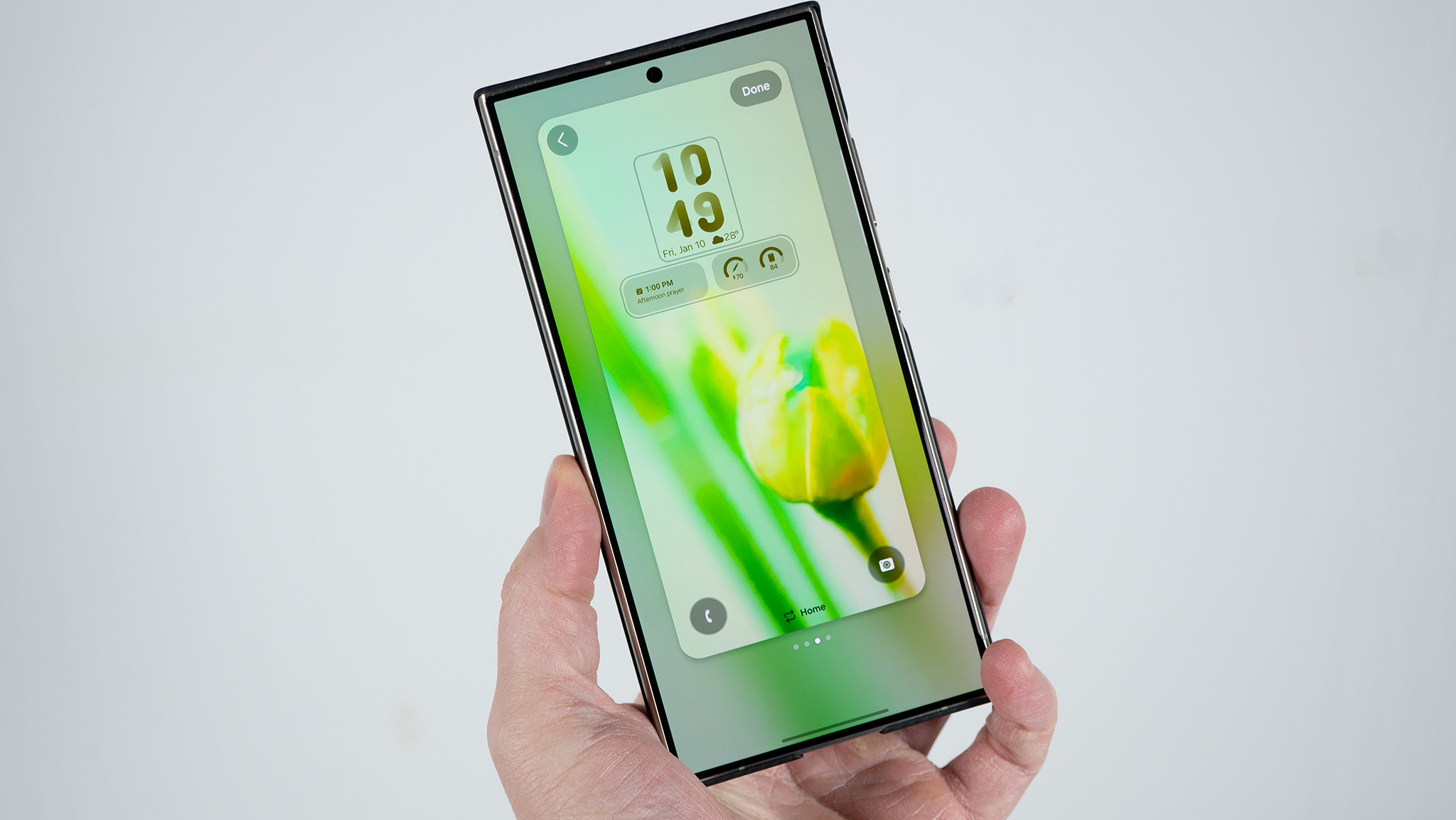With few standout categories or technologies in 2019, CES is primed to get weird

I, like many of my peers, have a love-hate relationship with CES. I'll spare you the diatribe about overcrowding, or traffic, or the garish lights and artificial air of the Las Vegas strip — if you've been there, you either love it or hate it.
But in years past, whether I was reporting more broadly for MobileSyrup or focused on Android for AC, there seemed to be a particular trend or movement — mobile, VR, AR, wearables, smart home, robotics, televisions — that stood out more than the rest. You'd see analysts writing furiously about the upcoming explosion of wearables, as they did in 2015 after the Apple Watch and Android Wear set things in motion months earlier.
Or you'd line up for an hour to spend a few minutes with a VR headset that did proper object tracking. Or you'd get tangled up in a throng of photographers jostling for the best shot of a prototype of some far-flung concept hidden behind plexiglass, its screen on a demo loop imagining a future where this thing was vital to people's lives.

CES is a place where we go to worship, not challenge, technology. Every keynote features a CEO or evangelist interested in telling their side of the story, or espousing why their partnership with bear fruit when another one won't.
CES teaches us to embrace even the strangest and least useful of tech innovation. For better or worse.
Behind the scenes, vendors are making deals to buy components or include a particular piece of software in a finished product. The public sees a minute part of the machinations of any trade show, and with over 4,000 vendors and nearly 200,000 people, it's a little intimidating to take in.
This year, though, I'm a bit relieved to admit that I'm going in with almost no expectations. While all the categories I already mentioned will saturate the seemingly-endless halls of the Las Vegas Convention Center, nothing jumps out to me as overshadowing the rest, which means I'm relatively open to wander around and see what finds me.

Thankfully, I won't have to look very hard. CES is known as the place good ideas turn bad, and bad ideas go to die (and inevitably get remixed for the following year). I've been pitched on a smart air filter for HVAC systems to a smart bidet that measures how much you've, well, gone and adjusts the water flow accordingly (my gosh, think of the data!). I've been cajoled to meet company representatives as early as 6am to avoid conflicts, and I've been invited to parties where I think the guest of honor was in some so-bad-it's-good action movie from the mid-aughts. Years ago, we went hands-on with an Android-powered oven, because reasons.
Be an expert in 5 minutes
Get the latest news from Android Central, your trusted companion in the world of Android
The most interesting CES announcements are usually not from the biggest companies.
My favorite products are the unassuming ones, the "speak softly but carry a big stick" underdogs that just take everyone by storm. Some — many, in fact — don't end up being released. I speak from experience, too: in 2017, NVIDIA unveiled the Spot, a plug-in air freshener lookalike that purported to bring Google Assistant to every room in the house. It's still not released. A year later, NVIDIA did it again with its Big Format Gaming Displays, all of which never materialized as commercial products despite manufacturing partnerships with Acer, ASUS, and HP.
Similarly, Razer's Project Linda, which was heralded as a concept, stole the show for many people, including me, but the glorified phone-as-laptop is still something I'd very much like to see come to fruition.

CES is at its best when it's weird. A few years ago, I spent a few minutes staring at a connected anthill, where thousands (millions?) of tiny black ants maneuvered to and fro within their glass castle, connected to which was a bunch of sensors measuring the general wellness of this burgeoning colony. It was hypnotic and thrilling and a little oppressive.
A separate time, I controlled a very small drone to play a game of very strange basketball with another drone-holder. I've listened to headphones that cost over $10,000 and I've been infused with flavored oxygen. Last year (or was it the year before?) I stood in front of a mirror and had makeup and clothing overlaid onto my face and body using augmented reality. I looked amazing.
CES itself is divided into two shows, at least for people like me. There's the pre-show, where we're briefed on all the announcements, and the show itself, when the convention center opens and companies strut out their most elaborate booths. And then we wonder, like lost animals, through the expanse. It's all quite overwhelming. Being on the CES show floor is like wandering through a small city, except instead of being able to buy anything, you're issued IOUs on ideas.
Back in 2013, I saw a demo of Samsung's Youm foldable screen technology. At the time, it was comprised of two things: a working prototype of a screen attached to a daughterboard that negated the need to prove it would work in a consumer device — that would come years later — and a very badly acted advertisement for the technology itself. It was an impressive demo then — more so because the phones on the market at the time barely resemble those today — in large part due to its audaciousness. A foldable phone? Yeah, right: Samsung had just released the Galaxy S3, all water droplet touch sounds and whistle notifications. We were nowhere close to this reality.
And yet here we are, six years later, on the verge of Samsung releasing an honest-to-goodness foldable phone inspired by the very technology demo I gawked at on my second visit to Vegas. We've all changed. Of course, you can't — and shouldn't — draw a straight line from there to here; the industry doesn't work that way. But that convoluted path is significant because it's but one example of a weird and wonderful thing we saw at CES all those years ago manifesting into a tangible, finished idea.
Now they just have to sell the damn things.
P.S. I hope the ants are OK.
Daniel Bader was a former Android Central Editor-in-Chief and Executive Editor for iMore and Windows Central.

